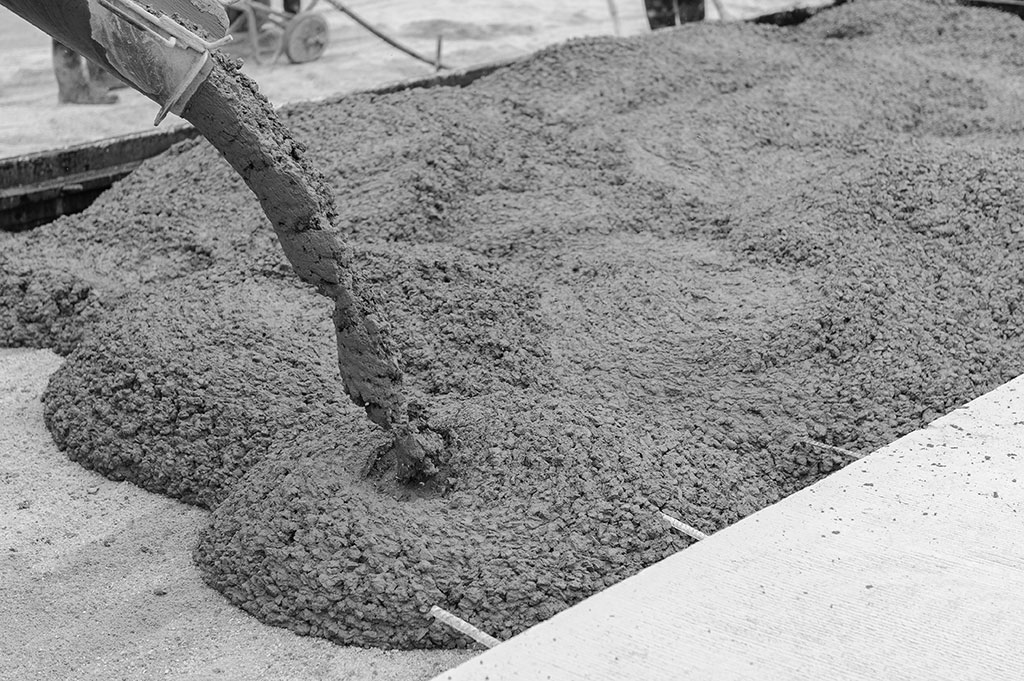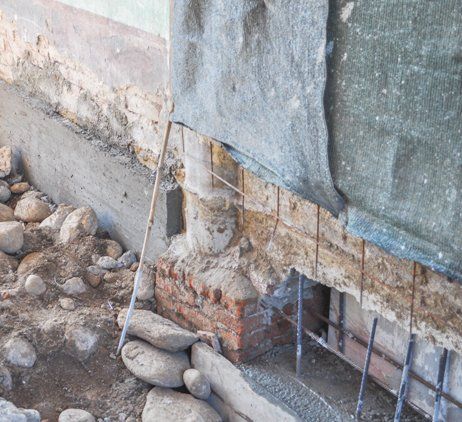Concrete curing is an essential step in many construction applications, as it influences all properties associated with the concrete such as impermeability, strength, durability and water tightness. You cannot skip this step!
Keeping fresh concrete house slabs Melbourne moist for an adequate length of time requires using various techniques such as wetting, spraying and plastic sheets.
Strength
Curing is the process by which concrete acquires its strength. Rock-hard crystals form through chemical reaction between Portland cement and water known as hydration, and thus must remain high enough in order for these reactions to take place; otherwise it won’t reach its full strength potential.
Temperature plays an essential part in the curing process as it impacts hydration rates and the strength development of concrete. For optimal strength development, temperatures of 50 degrees F or more should be used when placing new concrete. Humidity and wind conditions must also be taken into account as these may contribute to moisture loss, leading to cracks or poor surface quality in exposed concrete surfaces.
Proper curing helps safeguard concrete against damage from freeze-thaw cycles and other environmental factors, which is why Powerblanket heated concrete blankets offer contractors an effective way to maintain the ideal temperature and moisture balance over long periods. They allow contractors to save time on project schedules.
Durability
Curing concrete properly can make it very durable. Proper curing prevents grazing, dusting and surface disintegration while reducing shrinkage and improving resistance to wear. A local concrete contractor will be able to advise you on the most suitable curing methods for your project, in addition to helping with any inquiries related to proper PSI levels for your concrete mix.
Curing concrete involves ensuring that both its temperature and moisture levels are appropriate. It involves controlling the hydration process and is crucial in order to reach maximum strength, durability, water-tightness, abrasion resistance, as well as volume stability, permeability and freezing/thawing resistance of concrete. However, improper curing of concrete may lead to cracks appearing prematurely due to slow or even stopped hydration reactions causing premature failure – hence it must be cured correctly for maximum performance and longevity.
Resistant to Moisture
Curing is the practice of maintaining concrete’s appropriate moisture levels over a sufficient period to allow for hardening and strengthening, without oversaturating it with moisture that weakens it. Curing involves providing enough time for this process to take effect.
As part of an effective curing procedure, concrete should be immersed in water for at least a week after placement to decrease evaporation rates and enhance strength. Unfortunately, this method may not always be appropriate in environments with high rates of evaporation.
Misting or ponding methods can also be employed; these involve using sprinklers or a pond to continually wet the concrete surface.
Another solution is a concrete curing blanket, which covers and traps water within. This solution is particularly helpful in cold weather where concrete may freeze and thaw repeatedly. An alternative method involves using liquid membrane-forming curing compounds that can be spray or rolled on to surfaces; such coatings prevent moisture evaporation while at the same time restricting its release into the environment. However, as soon as final finishing work has been completed these coatings should be applied quickly for best results.
Appearance
Concrete that has not been properly cured can become susceptible to structural damage as well as aesthetic flaws that diminish its value and increase maintenance costs. When applied in residential settings, improper curing can lead to dull chalky spots on residential slabs that diminish value while raising maintenance expenses.
Curing compounds are available to improve the appearance of concrete by creating a barrier or film on its surface, helping prevent moisture loss and slow down hydration processes. A professional must spray this compound onto your concrete for best coverage.
Curing accelerators like steam, heating coils or heated forms may be used by concrete contractors; however, these methods may not always be the most appropriate option and could potentially damage a job if misapplied. Instead, speak with your concrete contractor regarding their recommendations for your particular concrete mix to find one that’s strong, durable and visually appealing that meets all your requirements.


